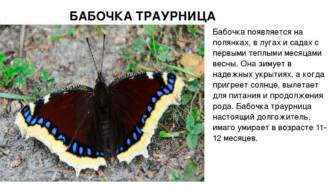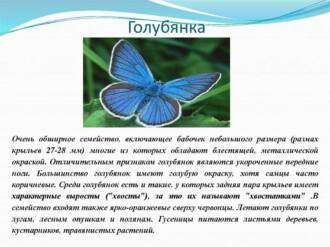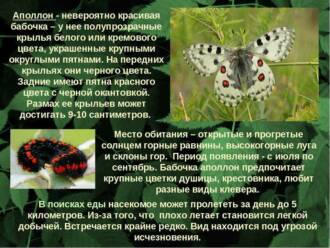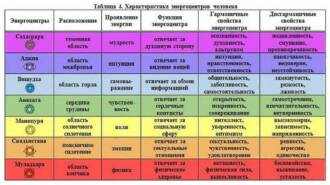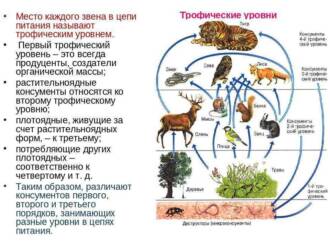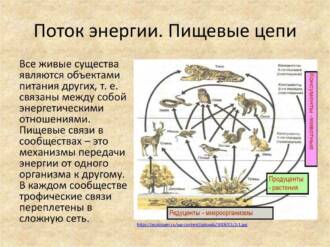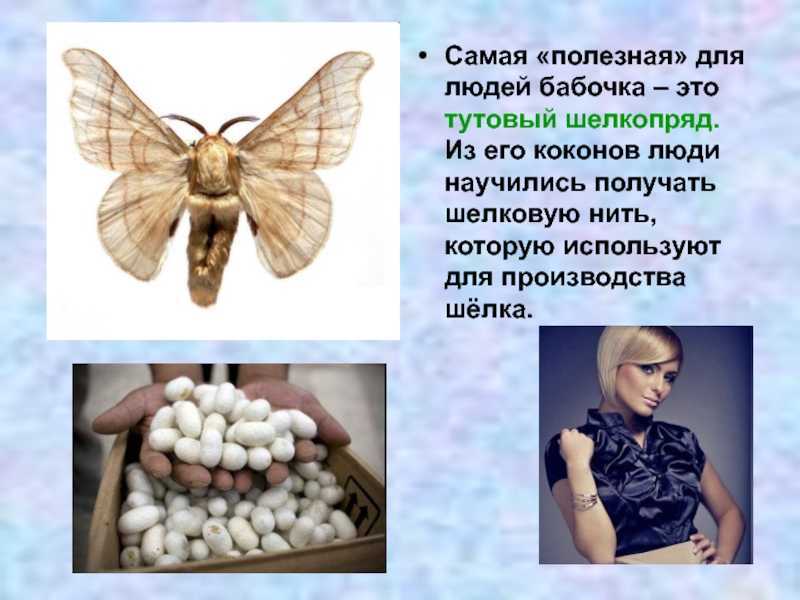
Butterflies are beautiful and delicate insects that play an important role in the ecosystem. One of the main functions of butterflies is to pollinate plants. They carry pollen from one flower to another, ensuring the process of fertilization and the formation of new seeds. Through this process, butterflies contribute to the conservation and diversity of the plant world.
However, pollination is not the only function of butterflies. They also serve as a food chain. As food for many animals, butterflies serve as a source of protein and energy. They are prey for birds, lizards, frogs and other insect predators. Thus, butterflies play an important role in maintaining biodiversity and energy balance in nature.
In addition, butterflies also have an aesthetic function. Their colorful wings and graceful movements attract attention and evoke emotions in people. Butterflies serve as an object of study and admiration for many nature lovers and explorers. They have become a symbol of beauty, lightness and transformation.
The existence and diversity of butterflies
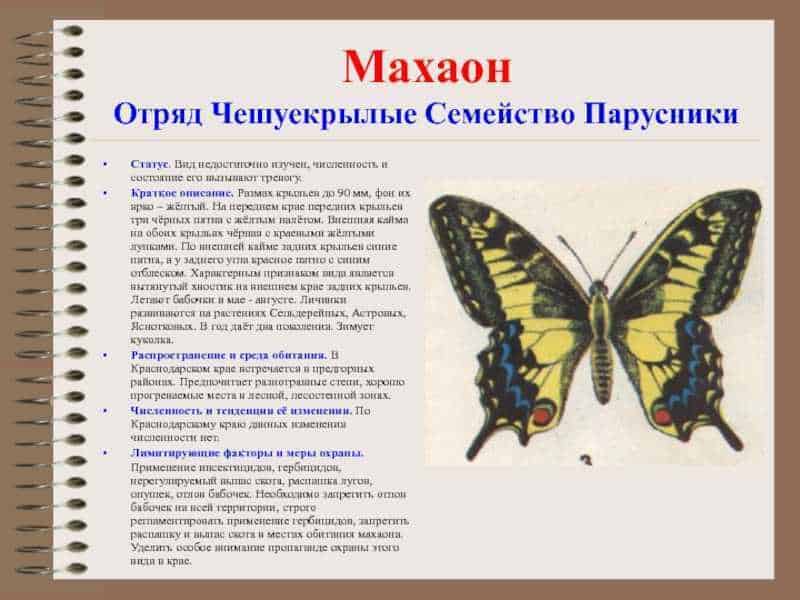
Butterflies are one of the most extensive groups of insects that exist on our planet. They are winged creatures that play an important role in the ecosystem. Butterflies are pollinators, that is, they contribute to the process of pollination of plants, which in turn contributes to the reproduction of plants and the conservation of biodiversity.
There is a huge variety of butterflies. Their number is estimated at about 18,000 species. Butterflies have a variety of shapes, sizes, colors, and habits. They can be small and inconspicuous, or they can have bright and attractive colors to scare off predators or attract mates. Some butterflies have wide wings that allow them to fly long distances, while others have narrow and flexible wings to easily maneuver in flight.
Butterflies are found in almost all climate zones, from the tropics to the arctic regions. They live in a variety of places - in meadows, in forests, on mountain slopes, in gardens and even in city parks. Butterflies go through a complex life cycle, starting with an egg, from which a caterpillar hatches, then turns into a chrysalis and finally an adult butterfly emerges from the chrysalis. Each stage of the butterfly's life cycle is important and has its own function in its existence.
Butterflies and their role in the ecosystem
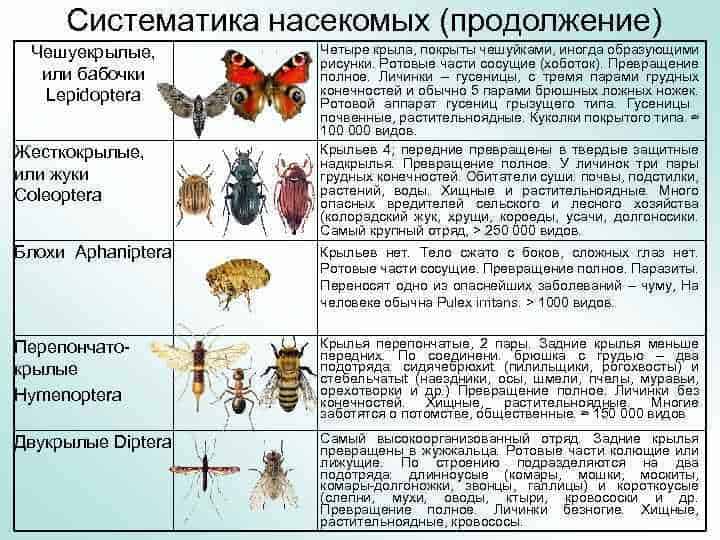
Butterflies are important members of the ecosystem and perform many useful functions. One of the most important roles of butterflies is pollination of plants.
Butterflies pollinate flowers by carrying pollen from one flower to another. This process is key to the reproduction of many plants. Pollination provides plants with the pollen they need to produce seeds and fruits.
In addition, butterflies also serve as a food source for many animals. Butterfly caterpillars serve as food for birds, lizards, snakes and other predators. Adult butterflies are also a food source for birds and other insectivorous animals.
Butterflies also play an important role in biological pest control. Some species of butterflies are predators of harmful insects such as leafworms or aphids. They can reduce the population of these pests and help maintain balance in the ecosystem.
Thus, butterflies are of great importance in the ecosystem. Not only do they contribute to plant pollination, but they are also important links in the food chain and help control pest populations. Therefore, the conservation and protection of butterflies and their habitats is an important task for maintaining biodiversity and ecological balance.
Butterfly adaptations and ways of survival
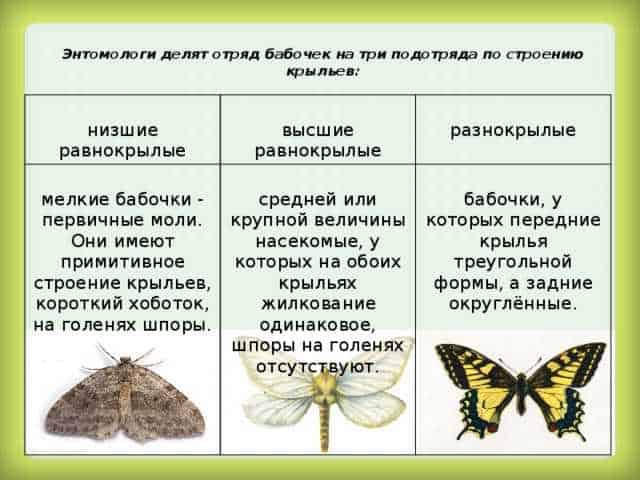
Butterflies are extremely adapted creatures to their environment. They have developed many mechanisms that allow them to survive in various conditions. One of the main adaptations of butterflies is the ability to pollinate plants. Butterflies are important pollinators, carrying pollen from one flower to another, helping plants to reproduce.
Butterflies have a variety of mechanisms to attract mates and facilitate pollination. They release pheromones, chemicals that attract males to females. In addition, butterflies have a variety of color signals that serve to attract attention and determine the sex of a partner. Some butterflies also have long proboscises that allow them to reach nectar in deep flowers, which aids in pollination.
To protect themselves from predators, butterflies have developed various mimicry techniques. They can mimic the color and shape of leaves or other insects to blend in with their surroundings and avoid conspicuousness. Some butterflies also have bright and frightening coloration that warns predators of their poisonousness.
In addition, butterflies have the ability to camouflage at various stages of their life cycle. Their eggs, caterpillars, and pupae can be colored to match their environment, allowing them to hide from enemies. For example, caterpillars may be green in color to blend in with the leaves of the plants they feed on.
Reproduction and development of butterflies

Butterflies are one of the most amazing creatures of nature. They go through a complex and amazing process of reproduction and development. Butterfly reproduction begins with the fertilization of the female.
Male butterflies usually attract females with special pheromones they secrete. After fertilization, the female lays her eggs on plants that will serve as food for the caterpillars.
Butterfly caterpillars are the second stage of development. They actively feed to gain strength and go through several molts until they reach their final form. Caterpillars feed on vegetation and can go through several molts as they grow.
After the caterpillar stage is completed, the process of turning into a chrysalis begins. The caterpillar forms its own chrysalis, inside which metamorphosis takes place. Complex changes occur inside the pupa, and as a result, an adult butterfly hatches from it.
After hatching, adult butterflies spend some time feeding and gaining strength. They then begin the breeding process and the cycle repeats again. Thus, butterflies pollinate plants and are important pollinizers in nature.
Butterflies and their interactions with other organisms

Butterflies are important plant pollinators. They play a key role in the pollination process, carrying pollen from one flower to another, helping to form new plants. Most species of butterflies are attracted to the flowers of plants, which serve as a source of food and their attraction to other insects and animals.
Butterflies also interact with other organisms in the process of feeding. Many species of butterflies are herbivorous and feed on the leaves of plants. This can have both positive and negative effects on plants. On the one hand, feeding on butterflies can lead to damage to plants and deterioration of their condition. On the other hand, it can also promote plant resistance to pests and protect plants from other insects.
Butterfly caterpillars also serve as food for other organisms. They can be prey for birds, spiders and other predators. The interaction between butterflies and predators is an important factor in the biological balance of an ecosystem. Predators control the number of butterflies and prevent them from overproducing, which helps to maintain the balance in nature.
The meaning of butterflies in culture and art

Butterflies play an important role in the culture and art of various nations. They are a symbol of transformation, change and beauty. In many cultures, the butterfly is associated with the soul or spirit that leaves the body after death. This symbolism is based on the fact that the butterfly goes through a metamorphosis, turning from a caterpillar into a beautiful insect with bright wings.
In art butterflies are often depicted in paintings, wood carvings and other works of art. Their colorful wings and graceful flight inspire artists and give their works a special charm. Butterflies are also actively used in jewelry: on brooches, pendants, earrings and other jewelry.
Butterfly symbolism
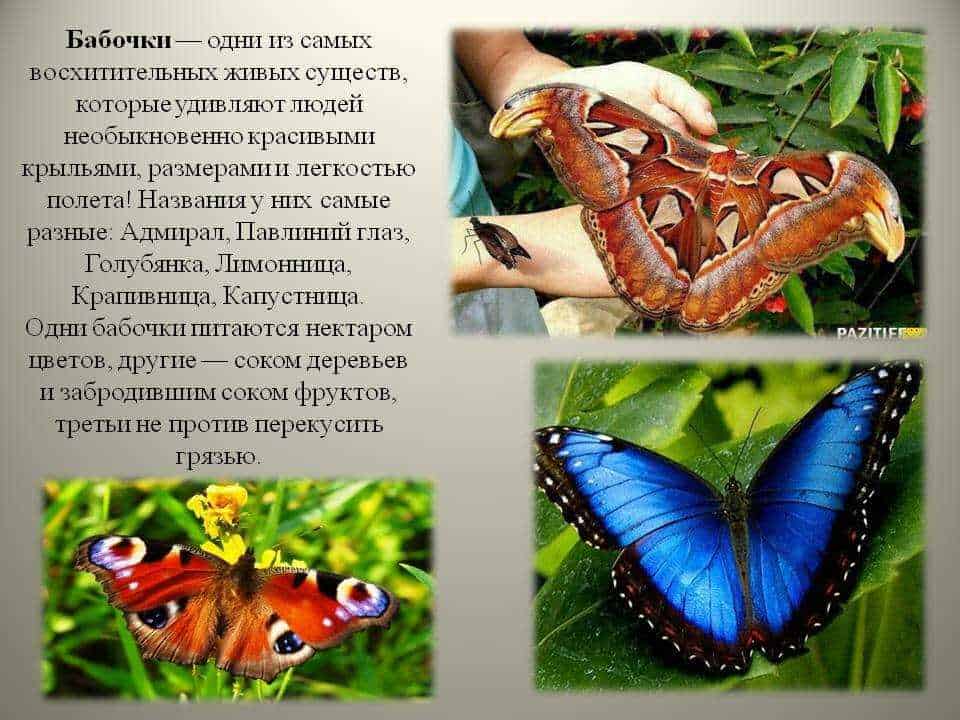
Butterflies symbolize transformation and change. They remind us that life is always moving forward, and even in the most difficult moments, beauty and joy can be found. Butterflies are also associated with lightness, carelessness and freedom. Their flight reminds us that we can always spread our wings and fly away to new horizons.
Butterflies pollinate
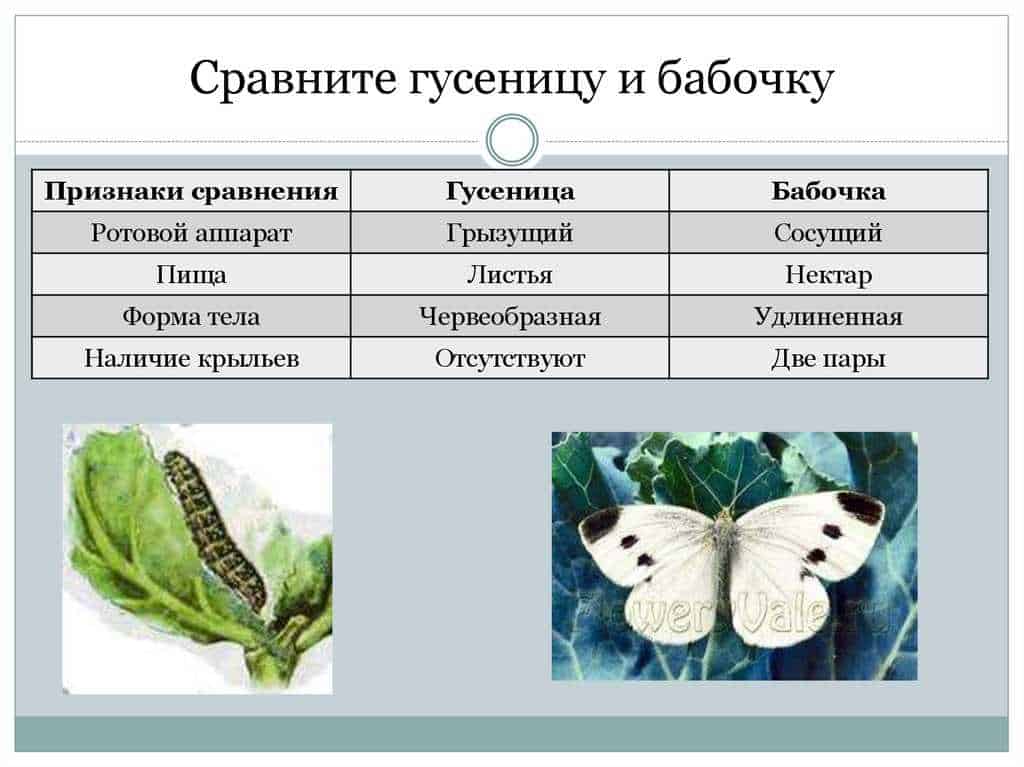
However, butterflies not only symbolize beauty and transformation, they also have a practical value for nature. By feeding on the nectar of flowers, butterflies pollinate plants, contributing to their reproduction and the conservation of biodiversity. Their role in the ecosystem cannot be overestimated, as they are one of the most important plant pollinators.
Butterfly protection and conservation
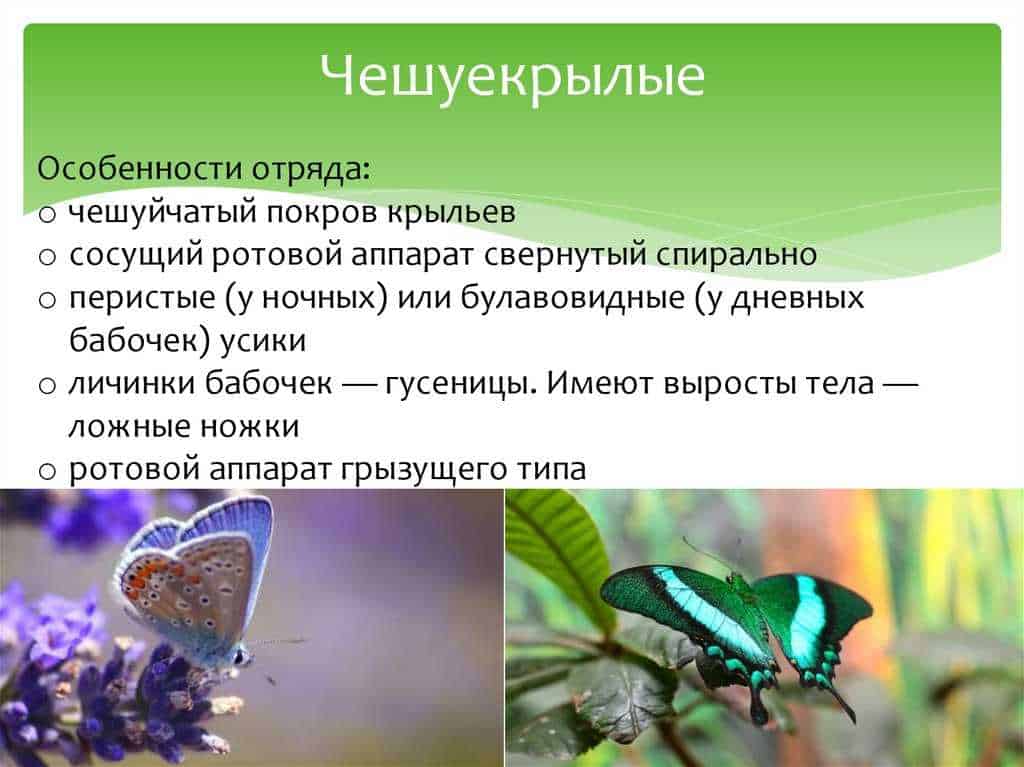
Butterflies are important pollinators in nature. They carry pollen from one plant to another, facilitating the pollination process. This in turn allows the plants to multiply and form new fruits and seeds. The protection and conservation of butterfly populations is of great importance for biodiversity and the ecosystem as a whole.
One of the ways to protect the butterfly population is to preserve and restore their natural habitats. Butterflies depend on certain types of vegetation such as meadows, fields, gardens, forests, and others. The loss and destruction of these habitats leads to a decrease in the number of butterflies and their species diversity.
Another important aspect of butterfly conservation is pesticide control. They can negatively affect butterflies, destroying their larvae and adults. Therefore, it is important to use more environmentally friendly pest control methods to minimize the negative impact on the butterfly population.
Also, the protection of the butterfly population includes the creation and maintenance of special reserves and national parks, where they can find safe shelter and breeding conditions. In these reserves, deforestation, the use of pesticides and other harmful practices that can harm butterflies and their habitats are prohibited.
In addition, an important aspect of butterfly conservation is education and public awareness. Public consciousness and understanding of the importance of biodiversity and the ecosystem plays a key role in the conservation of the butterfly population. This can be achieved through educational programs, exhibitions, tours and other activities that help spread knowledge about butterflies and their role in nature.

